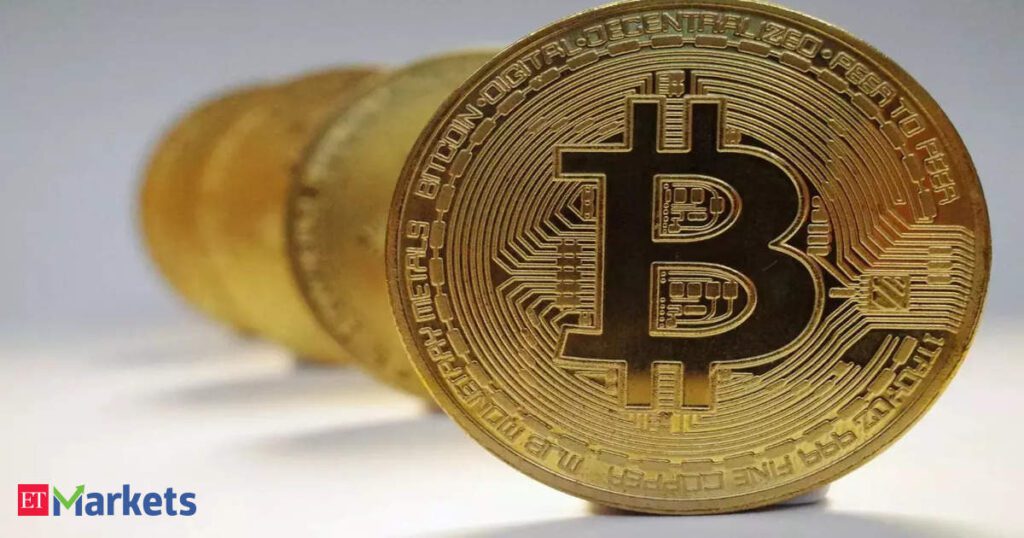While fundamentalists believe that Bitcoin’s bullish momentum has stalled, charts and oscillators paint a different picture. For example, the Stochastic Oscillator suggests that BTC’s rating has reached 82 on a scale of 0 to 100, in the overbought zone. This notion is further reinforced when looking at BTC’s momentum data since April 2024, when the halving event took place. Following the April halving event, BTC failed to replicate its previous post-halving performance and saw significant drawdowns. These drawdowns led to significant retail participation in buying on the dip, leading to the overbought zone, weakening bullish momentum, and profit-taking. This does not mean that the latest 5% move can be classified as periodic news-driven bullish momentum, as it is not yet certain that Bitcoin can sustain it.
Moreover, despite increased participation from bulls and whales, Bitcoin has failed to maintain its presence above $70,000 since April. Moreover, the MACD histogram and Ichimoku cloud suggest that more dynamic times could attract the world’s largest cryptocurrency and could lead to a massive sell-off in the immediate future.
Aligning with global market recovery trends
While crypto enthusiasts and retail traders believe that Bitcoin will soon align with the global market recovery trends, experts suggest that it is a risky bet. At best, investors are open to medium-term bullish momentum, a sentiment fueled by growing calls for regulation around the world and a federal rate cut in mid-September. They also believe that Bitcoin’s immediate nature opens a gap with traditional markets, with no way to bridge it. However, if reports of a 0.50% rate cut in September are to be believed, this will act as a key catalyst for the entire cryptocurrency markets, including Bitcoin, to regain upward momentum due to its aggressiveness. This is primarily due to the reduction in brokerage fees and other costs associated with fixed income investments, which also indicates that financial quantitative tightening is behind us.
Cryptocurrency Tracking
Compared to global markets, it is worth noting that the S&P 500 is hovering around its all-time highs. In contrast, BTC has been on a 16% downtrend since June, which has contributed to its risk appetite. Even factoring in the latest uptick following the Fed Chairman’s speech and the subsequent rally, Bitcoin has been in a sideways market since mid-July. Similarly, investors in traditional markets like gold and stocks as a cushion, driven by dividends and dip buying, but cryptocurrencies have yet to offer similar rewards to encourage investor aspirations.
Another aspect of Bitcoin’s fall in recent months is its struggle to become a mainstream financial asset with a multifaceted approach across different domains. In simpler terms, cryptocurrencies, including Bitcoin, cannot be used to conduct conventional transactions, which has had a negative impact on its adoption among retail investors. Bitcoin ETFs and ETNs have a total assets under management (AUM) of around $66 billion, in comparison, global Gold ETFs have a total AUM of $246 billion – a fact that underlines that Bitcoin still has a long way to go to match conventional financial tools.
Challenge or opportunity?
Bitcoin’s inability to align with global market sentiments should not be viewed in a black and white manner. Investors should understand that there are several aspects that make it a unique financial tool that does not always align with macroeconomic trends. Despite recent setbacks, Bitcoin and the rest of the cryptocurrency space remain a productive financial asset for parking wealth in the long term. For short-term traders, heading into the US presidential election in November, all candidates have shared a favorable outlook on the future of Bitcoin and other crypto assets. This will also help reassure investors skeptical of the US government’s fiscal debt, especially those looking to book profits to protect their financial interests. Furthermore, the new influx of Bitcoin spot ETFs will allow Bitcoin to carve out a new path sooner rather than later, highlighting the growing interest in BTC and related financial instruments, regardless of the current challenges. (The article is attributed to Roshan Aslam, Founder and CEO of GoSats.)
(Disclaimer: The recommendations, suggestions, views and opinions expressed by the experts are their own. They do not represent the views of The Economic Times.

